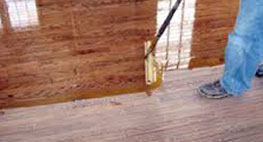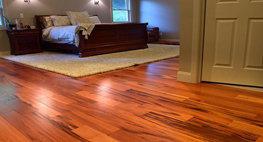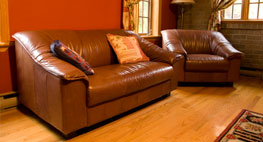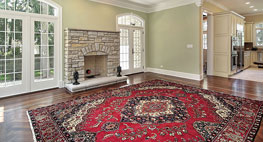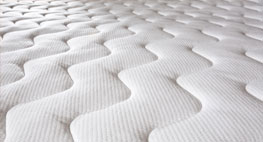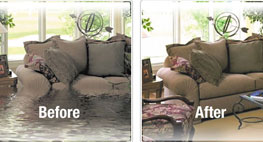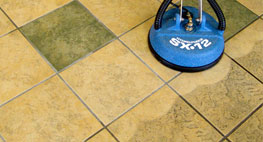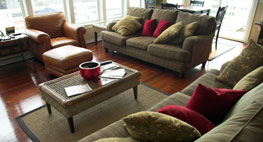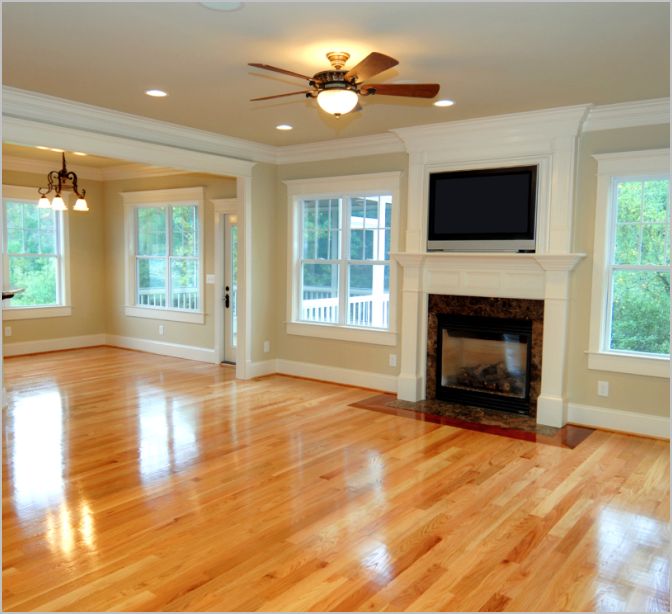Making the right decisions about carpet starts with having the facts. That is why the
Carpet and Rug Institute (CRI) sponsors scientific research and gathers data from
independent sources to help professionals and the public make educated flooring
choices. Visit carpet-rug.org to learn more.
Issue
Carpet is perceived as a potential contributor to asthma and allergy.
What You Should Know
• There is no scientific study linking the rise of allergy and asthma to the use of
carpet. Indeed, several studies actually disprove any correlation.
• A 15-year Swedish study found no link between carpet usage and the incidence
of allergy or asthma. In fact, even when carpet usage in Sweden decreased by
70 percent, allergy reactions in the general population increased by 30 percent.1
• Carpet may even be helpful to people with asthma: an 18-nation study of nearly
20,000 people found a statistical relationship between carpeted bedrooms and
reduced asthma symptoms and bronchial responsiveness.2
• A 2003 study of more than 4,600 school children in New Jersey found that having
carpet in a child’s bedroom was associated with fewer missed school days and
less need for asthma medication.
• Carpet acts like a filter, trapping allergens away from the breathing zone so they
can be removed through proper vacuuming and deep cleaning extraction. For
best results removing pollutants trapped in carpet, use CRI Green Label
vacuums and CRI Seal of Approval cleaning products. Details on these
certification and testing programs can be found at carpet-rug.org.
o Studies have measured the distribution of airborne dust associated with
normal activities on smooth surfaces and carpeted floors. The findings
show that walking on hard surfaces disturbs more particles, which become
airborne and enter the breathing zone. In contrast, carpeted surfaces trap
more particles so that walking disturbs fewer particles, resulting in fewer
particles in the breathing zone.3
1 Shishoo, R. and Borjesson, A. 1996. Allergy claims ‘unproved’. Carpet and Flooring Review (January 5).
2 Zock, J.P., D. Jarvis, C. Luczynska, J. Sunyer,, and P. Burney. 2002. Housing Characteristics, reported mold exposure,
and asthma in the European Community Respiratory Health Survey, Journal Allergy and Clinical Immunology 110 no. 2:
285-292.
3 Cicciarelli, Bradley A., David L. Davidson, Edward H. Hart and P. Robert Peoples. CFD Analysis of the Behavior of
Airborne Allergens in Carpeted and Uncarpeted Dwellings. Solutia, Inc.
- Cleaning News
- 01.09.2009




